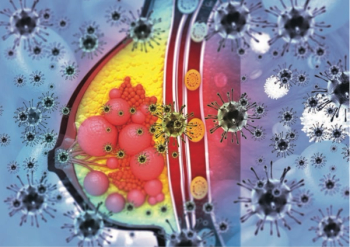
Oncology NEWS International
- Oncology NEWS International Vol 15 No 8
- Volume 15
- Issue 8
Demand Spurs Efforts to Improve Recruitment, Retention
Focus groups, mentoring, and expanded recruitment efforts have helped Roswell Park Cancer Institute (RPCI) keep its vacancy rate low in the midst of a nursing shortage
BOSTONFocus groups, mentoring, and expanded recruitment efforts have helped Roswell Park Cancer Institute (RPCI) keep its vacancy rate low in the midst of a nursing shortage, said Denise Rutkowski, MS, RN, CRC, OCN, nurse recruiter and retention coordinator at RPCI. "The average age of our nurses is 44. Our average length of service is about 11 years. Our current vacancy rate is 6.5%, compared to 20% nationally," Ms. Rutkowski said at the Oncology Nursing Society 31st Annual Congress (abstract 284).
To increase retention, focus groups are held with new nurses and the Human Resources Department, to determine why the nurses selected RPCI, which factors helped them become acclimated to their new position, and what needs to be changed to help with the next round of orientation. In addition, Roswell Park connects new nurses with mentors.
Roswell Park is beginning to focus its recruitment efforts not only on the Western New York region but across the country, to attract nurses who have family in this region or wish to relocate. "We believe we can offer oncology nurses a dynamic work environment and one in which they can be professionally satisfied," Ms. Rutkowski concluded.
Articles in this issue
over 19 years ago
Younger Age at Brain Tumor Diagnosis Portends Poor Emotional Outcomeover 19 years ago
Triple Targeted Therapy Is Tested in Pts With Solid Tumorsover 19 years ago
FDA Approves Three-Drug Combination Tablet for HIV-1over 19 years ago
Side Effects Persist 16 Years After Prostate Ca Brachytherapyover 19 years ago
No Significant QOL Differences for Raloxifene and Tamoxifenover 19 years ago
Amrubicin Appears Promising in Small-Cell Lung Cancerover 19 years ago
R-MP Active in Older Pts With Newly Diagnosed Myelomaover 19 years ago
Sunitinib and Sorafenib Active in Phase II Advanced NSCLC Trialsover 19 years ago
Takeda Signs Agreement With Galaxy Biotech for HuL2G7Newsletter
Stay up to date on recent advances in the multidisciplinary approach to cancer.

















































































